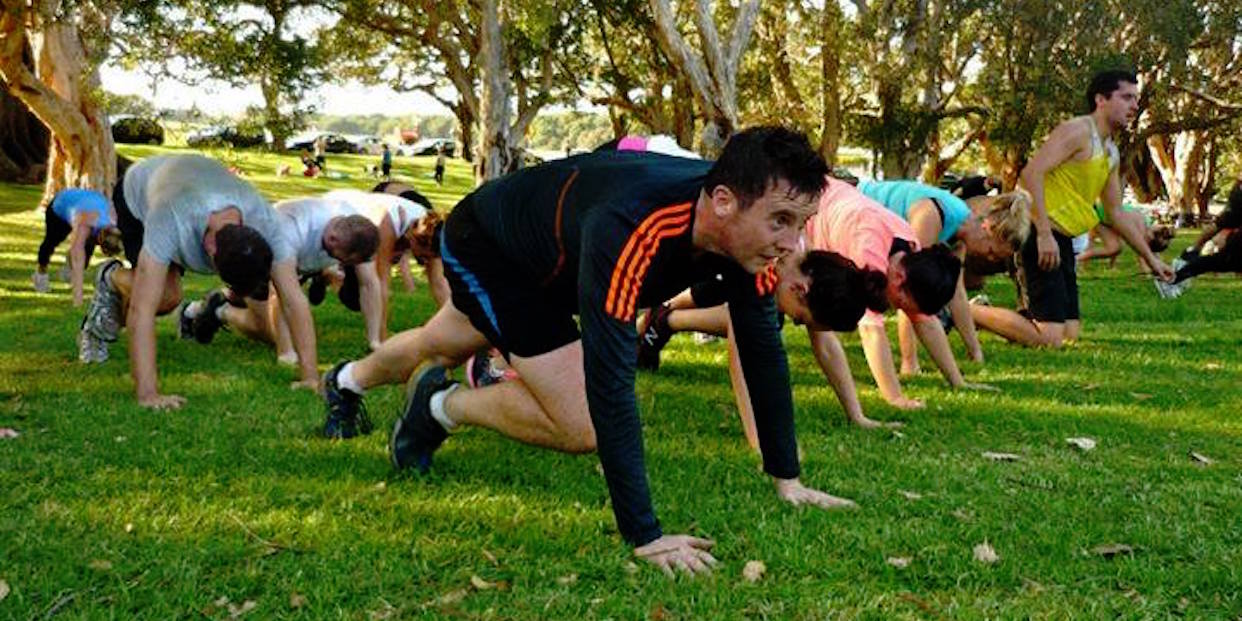At last! You have reached your destination! Congratulations on making it all the way.
Congratulations on passing your group fitness instructor certification test and becoming officially Certified Group Fitness Instructor – celebrate!
Now is the time to assess where you “fit in”. Being an excellent fitness instructor requires many qualities; these may differ depending on which class type is being taught; newbie Group Fitness Instructors may find the experience of teaching group fitness daunting at first.
Recognizing that expanding one’s skillset is both challenging and satisfying for experienced instructors is both time-consuming and time-honored process, yet can also bring much-deserved personal fulfillment. Cueing, listening to music, memorizing choreography and observation abilities may take practice but are essential qualities any group Fitness instructor must possess.
Being an effective fitness instructor goes beyond being in the studio; it encompasses what happens outside of it as well.
Tips to Be an Outstanding Instructor in the Studio
Be Prepared
A key point that Group Fitness Instructors must remember is always being ready for anything to arise during class, like backup music and additional batteries for microphone. Being ready and prepared can make an otherwise potentially chaotic situation less strainful on instructors and their clients alike.
Make sure that you have an alternative plan and spare clothing just in case something unexpected goes amiss during class or with homework assignments. That way, panic will not set in when things seem to unravel unexpectedly.
Experienced teachers know the value of being prepared and professional when things go awry in class, which demonstrates they possess good reflexes when an issue arises. Being prepared will demonstrate just that.
Practice In order to be as prepared for each class as possible, practice is key. Over time as your experience as a Group Fitness Instructor increases, this may become less necessary, though still important for optimal preparation.
Practice all aspects of class flow from movement patterns and cueing techniques, from movement patterns to cueing techniques, so everything flows effortlessly between activities and units.
Practice allows an instructor to smooth out any rough spots in choreography or movement patterns, as well as openly communicate what cues they will use to keep the class moving smoothly and consistently.
Stay Educated
With fitness being such a dynamic industry, Certified Group Fitness Instructors must obtain certain Continuing Education Units (CEUs). Each certifying organization determines this amount in order to keep their certification current without needing to retake tests every few years.
Continuing education provides Group Fitness Instructors the chance to expand their horizons on subjects they might otherwise miss, as well as deepening their understanding of exercise science.
Instructors should view continuing education as an opportunity for personal and professional growth. By investing in your fitness industry professional development, continuing education allows instructors to not only increase knowledge but also rediscover what it’s like being a student again.
Strategies for Successful Teaching Outside the Studio
Social Media Makes Connecting Easier
Nowadays, group fitness instructors find it much simpler to remain in touch with their participants through social media than ever before. Instructors may benefit by creating separate accounts on different social networks for communicating directly with participants enrolled in classes they lead.
Dividing accounts allows Group Fitness Instructors to keep their followers up-to-date on any classes or sub classes that they teach as well as provide advice related to fitness within their scope of practice. By creating “instructor” accounts, instructors have an avenue through which they can update them about upcoming teaching schedules or possible substitute teaching roles; creating “instructor” pages gives Group Fitness instructors a space where their followers can stay informed of them teaching schedule and substituting for.
As Group Fitness Instructors are typically “givers”, they need to set aside some time for themselves periodically and recharge. Teaching group fitness classes requires considerable energy; instructors need to employ self-care techniques in order to stay healthy throughout their careers and prevent burnout from teaching too many classes at one time. As teaching can sometimes become overwhelming at some points, instructors must develop self-care techniques as a preventative measure in case teaching becomes overburdening at some point in their journeys.
Group fitness instructors should make time to relax and recharge through activities such as taking a spa day, spending time with loved ones and engaging in hobbies that interest them. Self-care days may prove useful.
Group Fitness Instructors Can Participate In Community Service Initiatives
Fitness instructors have many community service initiatives that will hone their teaching abilities and make them better instructors. Volunteering to lead warm-up before an area fun run, 5K, or 10K offers group fitness instructors access to participants outside their usual circle – giving instructors invaluable experience meeting nontraditional participants who might never come through their doors otherwise!
Cueing techniques and movement patterns will allow them to test out various cueing and movement methods. Volunteer opportunities like speaking at career days or health fairs offer instructors another great avenue to hone their public speaking abilities.
Being yourself when teaching Group Fitness may seem like the easiest and least-overlooked element to becoming an excellent GFI, yet many instructors fail to notice its value. Letting your true self shine through all your technical abilities draws class participants’ interest; that connection allows them to form with you that leads them back time after time – something the latter skill cannot offer them!











